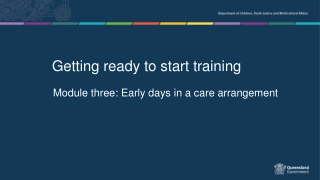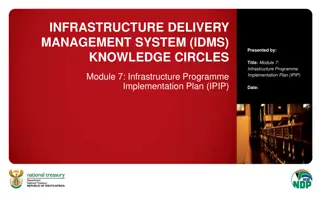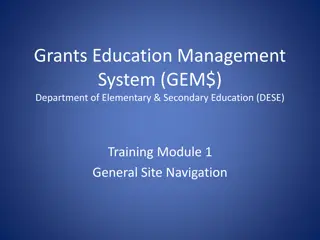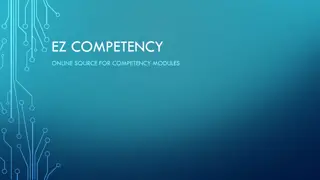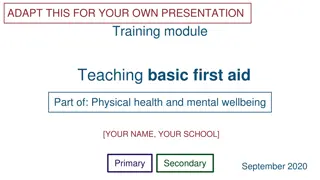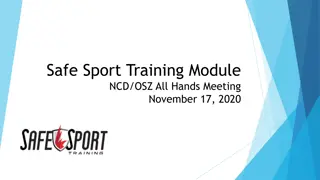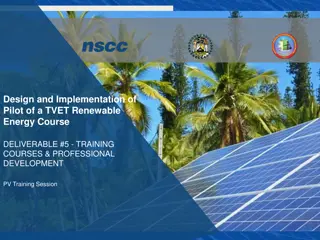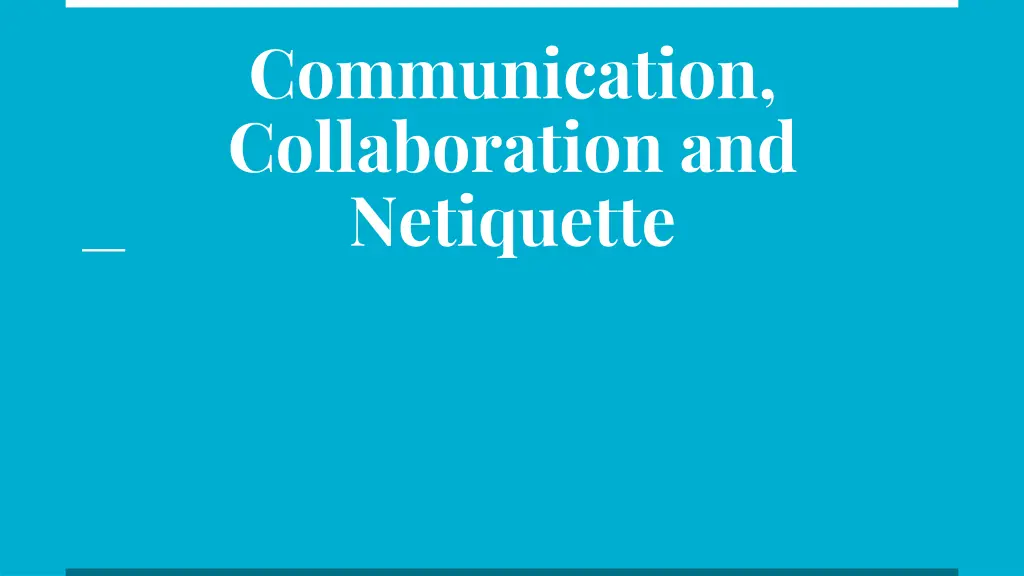
Effective Parent-Teacher Communication Strategies
Learn valuable strategies for effective communication between parents and teachers, including utilizing various communication channels, building relationships with school staff, and engaging in two-way communication opportunities. Discover tips on how to communicate efficiently with teachers to support your child's education and stay connected with the school community.
Download Presentation

Please find below an Image/Link to download the presentation.
The content on the website is provided AS IS for your information and personal use only. It may not be sold, licensed, or shared on other websites without obtaining consent from the author. If you encounter any issues during the download, it is possible that the publisher has removed the file from their server.
You are allowed to download the files provided on this website for personal or commercial use, subject to the condition that they are used lawfully. All files are the property of their respective owners.
The content on the website is provided AS IS for your information and personal use only. It may not be sold, licensed, or shared on other websites without obtaining consent from the author.
E N D
Presentation Transcript
Communication, Collaboration and Netiquette
Who are the different resources parents can communicate and work with?
1) Parents, Family, other Parents This group can be very isolated if the parents are new to the school district or there are few family members around. So how do parents communicate with each other and how does this accidentally or explicitly exclude some parents? Group texts Remind apps by teachers/parents/coaches Facebook friends Parental friends help create social networks that can be maintained online. Other parents of similar age school children are the best option for knowing what s going on at school.
2) Teachers, Bus Drivers, Staff These are the frontline people working with your children every day Reach out to them through text, phone, or email to ask how they prefer to be contacted. If possible, meet them in person. Build a relationship with them. What networks do they use to communicate? Every person working for the school will have a different preference for communication, but they will likely not share that information with you. So, you need to ask.
Good Two-Way Communication Opportunities for two-way communication include: Parent conferences in person and virtual via facetime or skype Parent-teacher organizations or school community councils Parental involvement in PTA s, including online groups Weekly or monthly folders of student work sent home for parent review and comment This includes viewing Powerschool, checking online work and progress ex. Google classroom Phone calls Old fashioned and teachers will not answer during the school day, but effective for expressing concerns, checking in or progress, problems etc. E-mail or school website School websites house all faculty email addresses. Email is often the easiest way to communicate with teachers.
Tips on communicating with teachers Look for opportunities to help out at school. Even if it for an occasional lunch duty. Special school events. Athletic events. Reach out to teachers. If language is an issue, find peers to help support you. Inform teachers that English is not your first language. Utilize email more frequently. Ask teachers to volunteer at home. Correction, organizing, projects. Explain your goals for your child and their learning. What are your expectations? Share them. See if they have a website, twitter account, remind? How can/do they communicate?
Keep open, honest communication lines open. Inform teachers when your child is having difficulties academic, emotional etc. Sometimes this will require you to reach out with guidance or principal/assistant principal. Don t compare your child with others. Teachers hate this and FERPA regulations do not allow them to disclose other students grades etc. Keep a record of your communication with teachers and other personal.
3) Principals Understand the culture and chain of command of your school. Is there an assistant principal (AP), is there one for instruction, support, discipline? Often times, the assistant principal is your primary contact. Their email addresses are published in the school website. Many schools have teach leaders or department chairs (especially M.S. and H.S) who serve as the go between of teacher and higher administration seek them out.
Find out if guidance counselors or other support staff can be liaisons. They can often be the been place for support. Reach out early. Don t wait until a problem festers.
6 Key Points 1. Look for opportunities to help out at school. (Even if it s for an occasional lunch duty. Special school events. Honor roll assemblies. Athletic events.) 2. If there is a language barrier, finds peers to help support or reach out to the social workers. Google translate is a good resource to use to assist in email communication. 3. Explain your goals for child and expectations you have for their learning. 4. See if they have a website/twitter account to communicate. 5. Keep open, honest communication line opens. Inform teachers when your child is having difficulty. 6. Keep a record of all communication.


